[Matt Reimer] is a farmer in Southwestern Manitoba, Canada. It’s grain country, and at harvest time he has a problem. An essential task when harvesting is that of the grain cart driver, piloting a tractor and grain trailer that has to constantly do the round between unloading the combine harvester and depositing the grain in a truck. It’s a thankless, unrelenting, and repetitive task, and [Matt]’s problem is that labour is difficult to find when every other farmer in the region is also hiring.
His solution was to replace the driver with a set of Arduinos and a Pixhawk autopilot controlling the tractor’s cab actuators, and running ArduPilot, DroneKit, and his own Autonomous Grain Cart software. Since a modern tractor is effectively a fly-by-wire device this is not as annoying a task as it would have been with a tractor from several decades ago, or with a car. The resulting autonomous tractor picks up the grain from his combine, but he reminds us that for now it still deposits the harvest in the truck under human control. It is still a work-in-progress with only one harvest behind it, so this project is definitely one to watch over the next few months.
Writing from the point of view of someone who grew up on a farm and has done her share of harvest-time tractor driving it’s possible to see both the strengths and weaknesses of an autonomous grain cart. His fields on the Canadian prairie are very large and flat, there is plenty of space and the grain makes its way from the field to the elevator in a truck. To perform the same task in the smaller and irregular fields of southern England for example with a mile round trip down country lanes to the grain store would be a much greater challenge. Aside from that it’s worth noting that his John Deere is a 220hp 4WD workhorse that is capable of going over almost any terrain on a farm with very few obstacles able to stop it. This thing can do serious damage to life and property simply by running it over or driving straight through it, so safety has a dimension with an autonomous tractor in a way that it never will with for example a vacuum cleaner or even a lawnmower.
Those observations aside, this kind of technology undeniably represents a step change in farming practice on a par with the move from horse power to tractors in the first half of the last century. However the technological barriers that remain end up being solved, it’s likely that you’ll see plenty more machines like this in the fields of the future.
The video below the break shows the autonomous grain cart in action. Plenty of big-sky tractoring action, and for those of you unfamiliar with farming it should provide some understanding of the task of getting grain from combine to store.
We’ve talked about robotic farming more than once here at Hackaday. The gantry-based Farmbot, the six-legged Prospero robot farmer, or another hexapod confusingly also called Farmbot, for example. But these have all been hacker’s solutions to the problem using the concepts with which they are familiar. What makes [Matt]’s project different is that it is a farmer’s solution to a real farming problem by automating the machinery he already uses to do the job. Farmers have been doing what we would now call hacking at the hardware of their craft since time immemorial, [Matt]’s work is just the latest manifestation of a rich heritage.



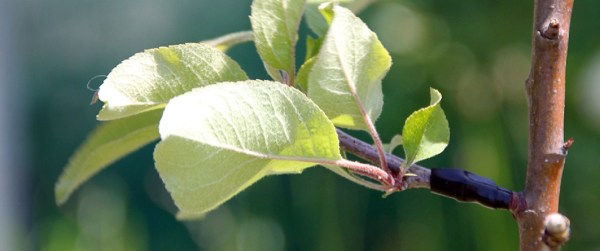
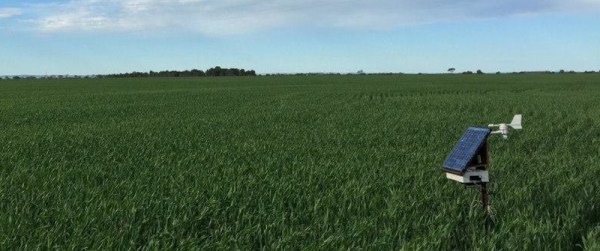








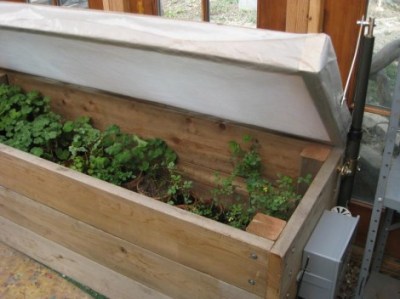 We see it all the time around here, people are building projects to monitor and control their own gardening projects.
We see it all the time around here, people are building projects to monitor and control their own gardening projects.  Perhaps robots are an answer to a different problem.
Perhaps robots are an answer to a different problem.  Stepping back onto the side-track of changes to industrial farming, let’s take a look at one of the way-out-there-ideas from last year. A huge amount of water usage is in food production. What if we turned entire farms into greenhouses in order to capture and reuse water that is normally lost into an all-to-dry atmosphere?
Stepping back onto the side-track of changes to industrial farming, let’s take a look at one of the way-out-there-ideas from last year. A huge amount of water usage is in food production. What if we turned entire farms into greenhouses in order to capture and reuse water that is normally lost into an all-to-dry atmosphere? 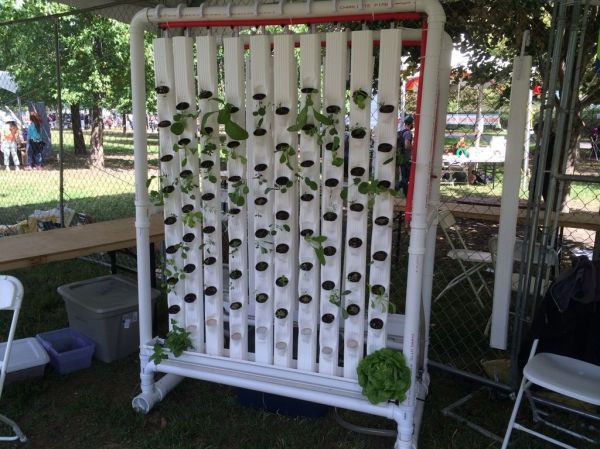
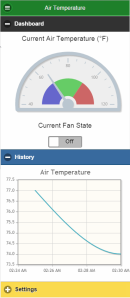 The potential urban farmer may not be super excited about tending to his crops. This is where the robot portion of the RUFS system comes into play. There are two control systems that work independently of each other. The first is for indoor applications and controls light cycles and circulation fans. The second is a little more complex and controls the watering portion of the system. Not only does it water the plants at pre-determined intervals but it also monitors the pH, nutrient and water levels inside the reservoir. Both these systems are Arduino-based. For extreme control freaks, there is one more add-on available. It’s Raspberry Pi based and has an accompanying mobile app. The Pi records and logs sensor data from the Arduinos and also allows remote updating of the watering and light schedules. The mobile app lets you not only look at current conditions of the system but also displays the historical data in a nice visual graph.
The potential urban farmer may not be super excited about tending to his crops. This is where the robot portion of the RUFS system comes into play. There are two control systems that work independently of each other. The first is for indoor applications and controls light cycles and circulation fans. The second is a little more complex and controls the watering portion of the system. Not only does it water the plants at pre-determined intervals but it also monitors the pH, nutrient and water levels inside the reservoir. Both these systems are Arduino-based. For extreme control freaks, there is one more add-on available. It’s Raspberry Pi based and has an accompanying mobile app. The Pi records and logs sensor data from the Arduinos and also allows remote updating of the watering and light schedules. The mobile app lets you not only look at current conditions of the system but also displays the historical data in a nice visual graph.








